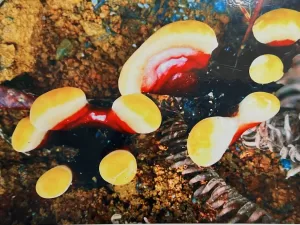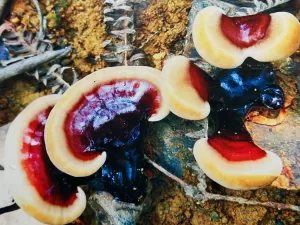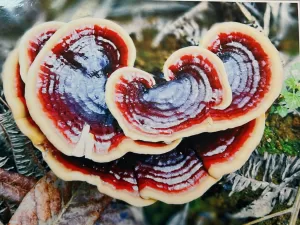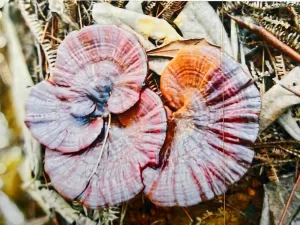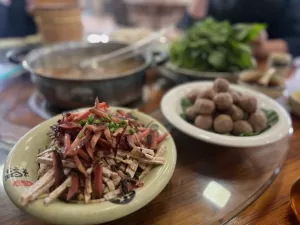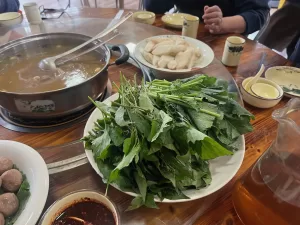Magnificent Guilin — All You Need to Know About the Precious Ganoderma Lucidum
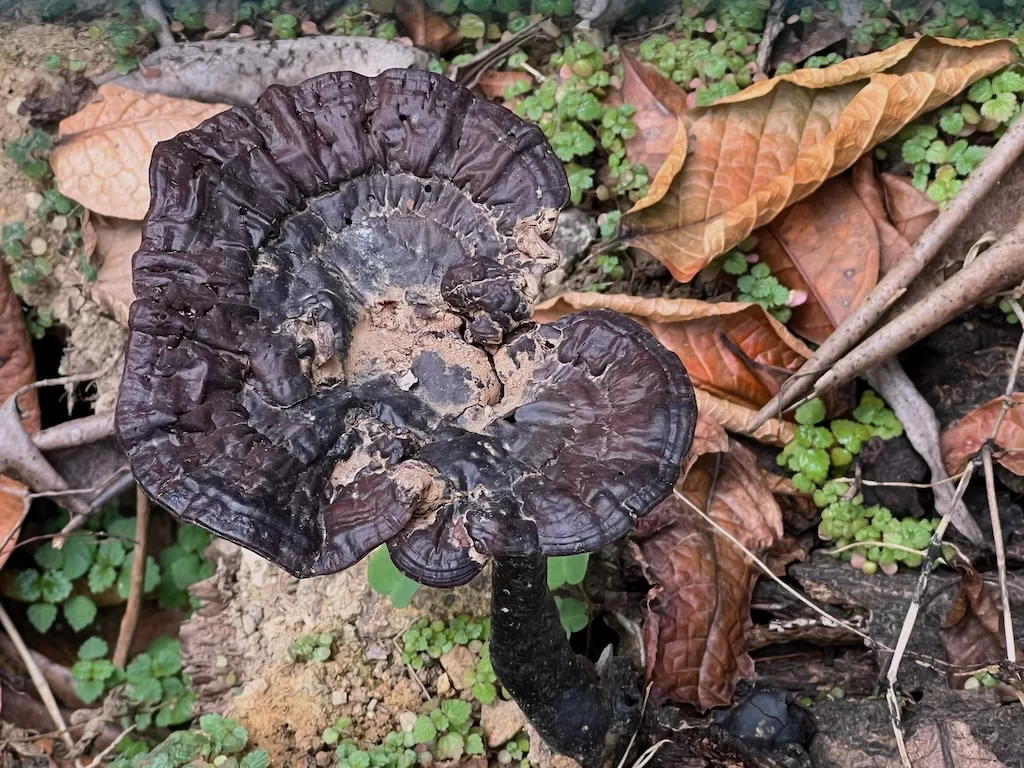
In Chinese, lingzhi, the Ganoderma Lucidum is a type of mushroom that is grown on rotten wood. Also known as reishi in Japan, it is a medicinal herb widely used in the traditional medicine of Asia. In China, it is much sought-after and it is very expensive.

On our way to Yangshuo, our driver Xiaohuang stopped by a lingzhi garden that also serves cuisine with this herb. I was pleasantly surprised: the food was special and the learning was very interesting.
The Medicinal Qualities of Ganoderma Lucidum
According to traditional Chinese medicine, lingzhi has the chief effects of strengthening the body, especially in raising the metabolic rate, lifting the energy level and reducing fatigue. Containing polysaccharides and triterpene, lingzhi is meant to activate the immune system in the body, as well as providing a rich source of antioxidants.

As a medicinal herb featured in Li Shizhen’s Compendium of Materia Medica, lingzhi has been used in traditional Chinese medicine for 2,000 years.
The Cultivation of Ganoderma Lucidum
At the farm, the staff introduced to us to how lingzhi is grown. Lingzhi was very expensive in the older times because they were found in the wild. As such, it was featured in imperial cuisine as a privilege of China’s emperors and nobility in the ancient time.
Photos above: the growth of lingzhi
It was only in the past 4 to 5 decades that lingzhi is cultivated and grown in farms. According to what I saw at the farm, it did not occur to me that it was a particularly “difficult” crop to grow — though certainly this farm has developed some very specialized techniques for growing lingzhi.
Wild lingzhi grows upon rotten wood. The mushroom is especially rare because of the conditions required to spur its growth. At the lingzhi garden, I learned how farmers recreated these natural conditions. In this garden, the growers used two types of wood, the chinquapin or the maple. They are cut into 50 cm logs first. The logs are then sealed in bags and steamed for 24 hours. This step aims to remove the conditions that enable the growth of other kinds of mushrooms.
Then the logs are dressed in new bags with the seeds of the lingzhi planted. The temperature and other critical conditions for lingzhi to grow was heavily monitored in the garden. At the time of our visit, it was the very tail end of the season already. Most of the lingzhi was harvested already. There was just one, just one, piece there for demonstration purposes. We did manage to see lingzhi in a recreated natural environment, amongst the lain around wood logs in the garden.

The staff told us that the most important yield of a lingzhi mushroom are actually its seeds. They are powdery and that is the most valuable product out of a harvest. Only mature lingzhi disseminates seeds, as seen in the powdery layer on the surface of its cap. In fact, right when the lingzhi spews seed, that is the most appropriate time to harvest the crop to ensure the reaping of the greatest medicinal qualities.
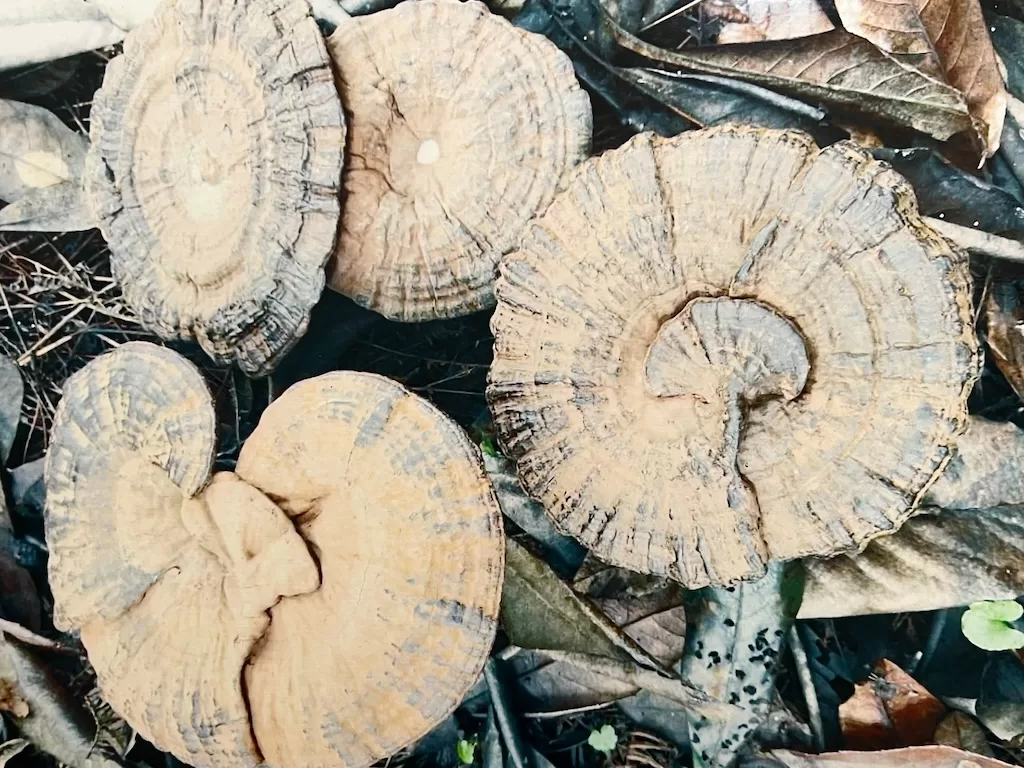
We had a wonderful time chatting with the staff there about lingzhi. They led us to other parts of the garden, and the air was filled with the fragrance of blooming osmanthus. When Xiaohuang told us we were having another hotpot lunch, I was not overly excited, but the whole experience turned out to be so surprisingly educational and pleasant.
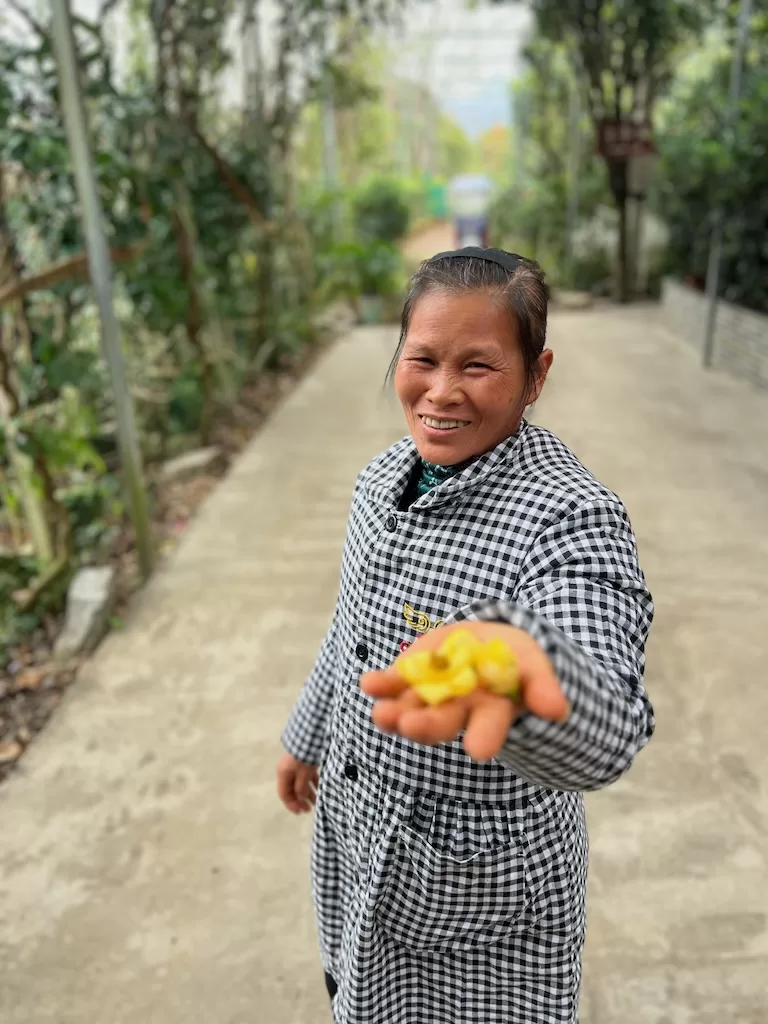
A Chicken Hotpot with Ganoderma Lucidum
Lunch was a meal themed in lingzhi. We were first served lingzhi tea. I thought it had an interesting woody, earthy flavor. The main course was chicken hotpot cooked in a lingzhi infused broth. It was very flavorful as well. We ordered the garden vegetables to go into our hotpot, and even the garden vegetables were unique. We had never had such vegetables before as Cantonese.
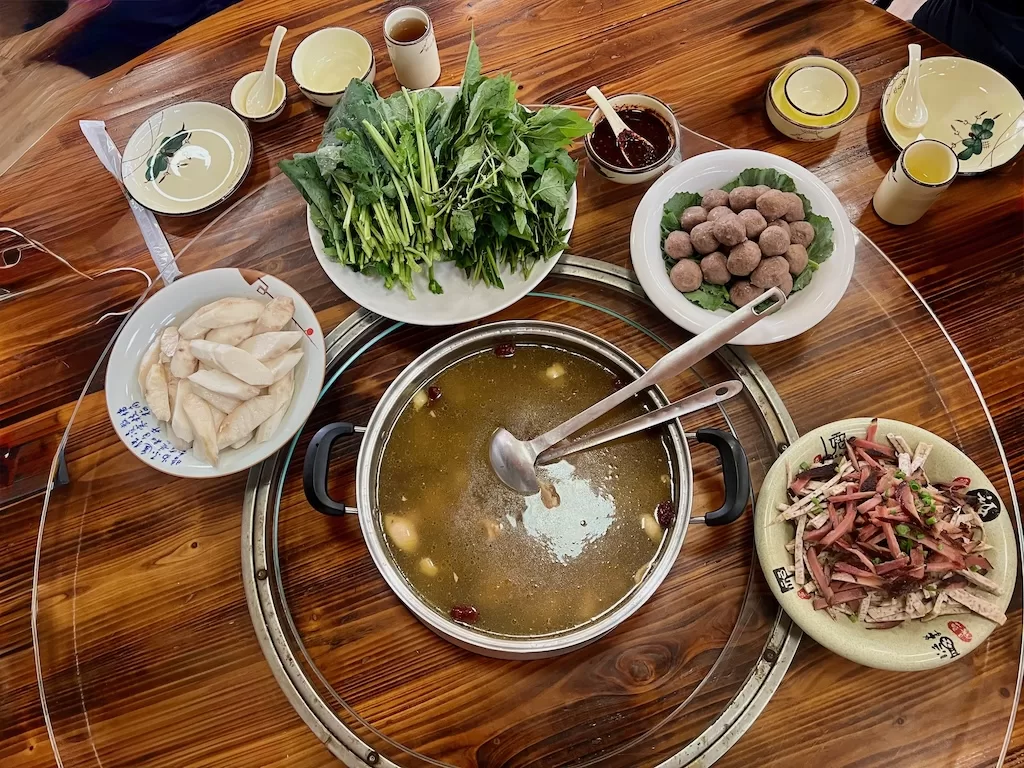
I had never had lingzhi in my life. I was always under the impression that it is a highly priced dry herb that I could not afford. Yet I would not say that the meal we had would give us all the purported effects of Lingzhi. We were certainly not served with the powdery seeds, which brings forth the greatest potency of lingzhi’s medicinal qualities. But this meal is a proper “medicinal cuisine (yaoshan),” which is very popular in Beijing.
The name of the lingzhi farm is Hongfeng Yuanlin (宏峰园林Hongfeng Garden). The address is Guangcheng Xian, Yangshuo County, Guilin Municipality, Zhuang Minority Autonomous Region, Guangxin Province (广西壮族自治区桂林市阳朔县广成线) accessible by private car only. It is quite a worthy stop on the way to Yangshuo from Guilin City. The restaurant is part of the enterprise to promote lingzhi as a health supplement.

Sources
Cosmopolitian, Which lingzhi seeds are the best? (Chin).
The Wikipedia on Ganoderma Lucidum.
Biomedschool.com, What is lingzhi? (Chin).

